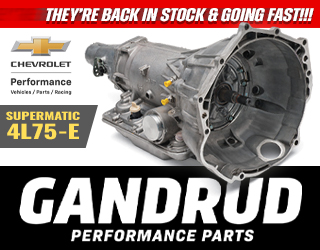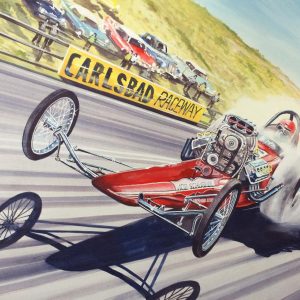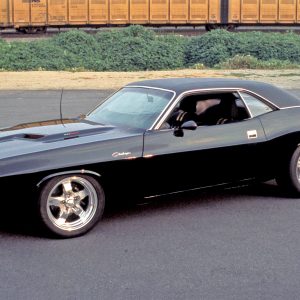handling
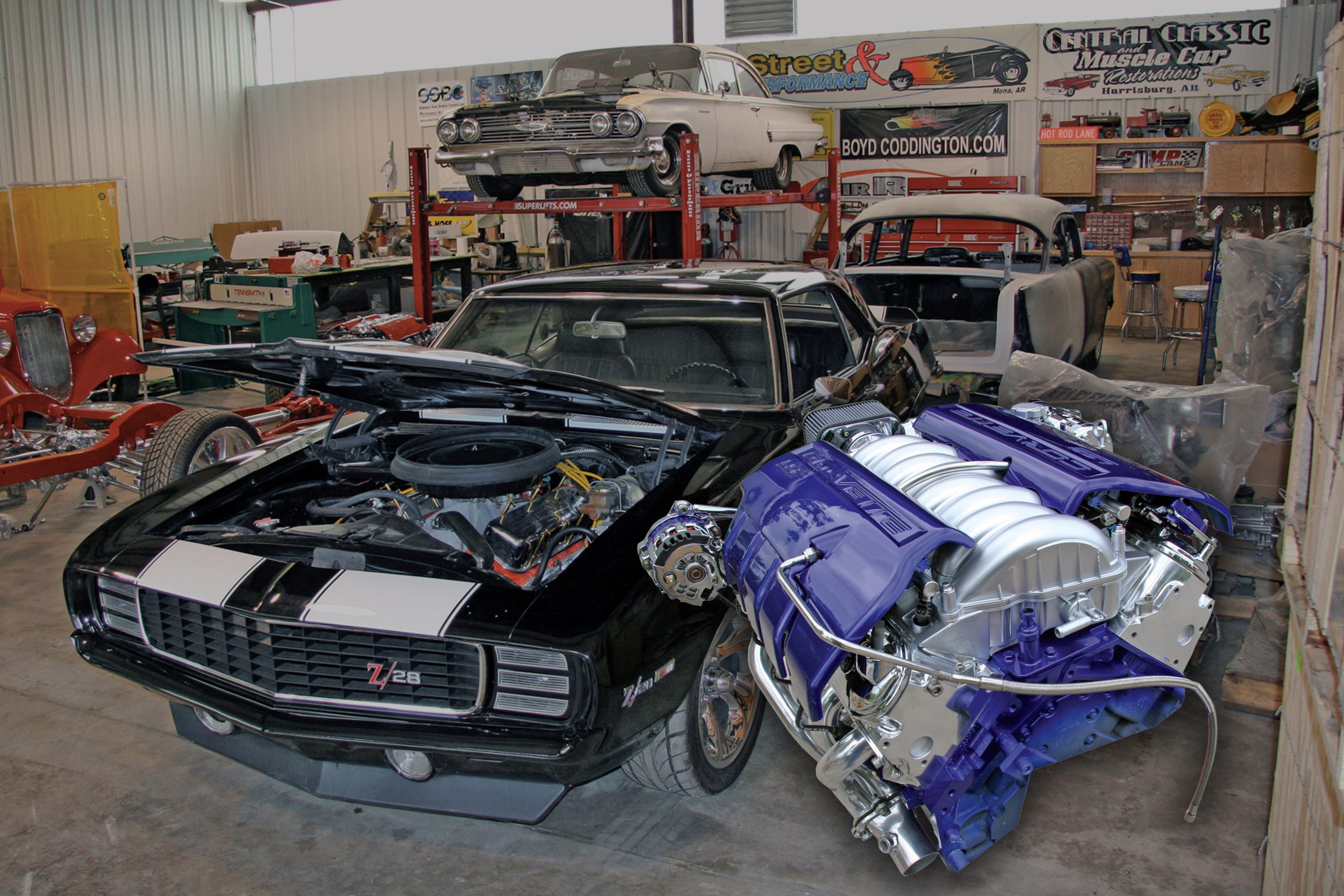
First-generation Camaros are all the rage these days, and no wonder. With so many ways to bring them into a new era, they make great selections. So, while the big-block power and a five-speed trans served owner Gary Johnson well over the years, rocketing gas prices led him to a more efficient LS2 option.
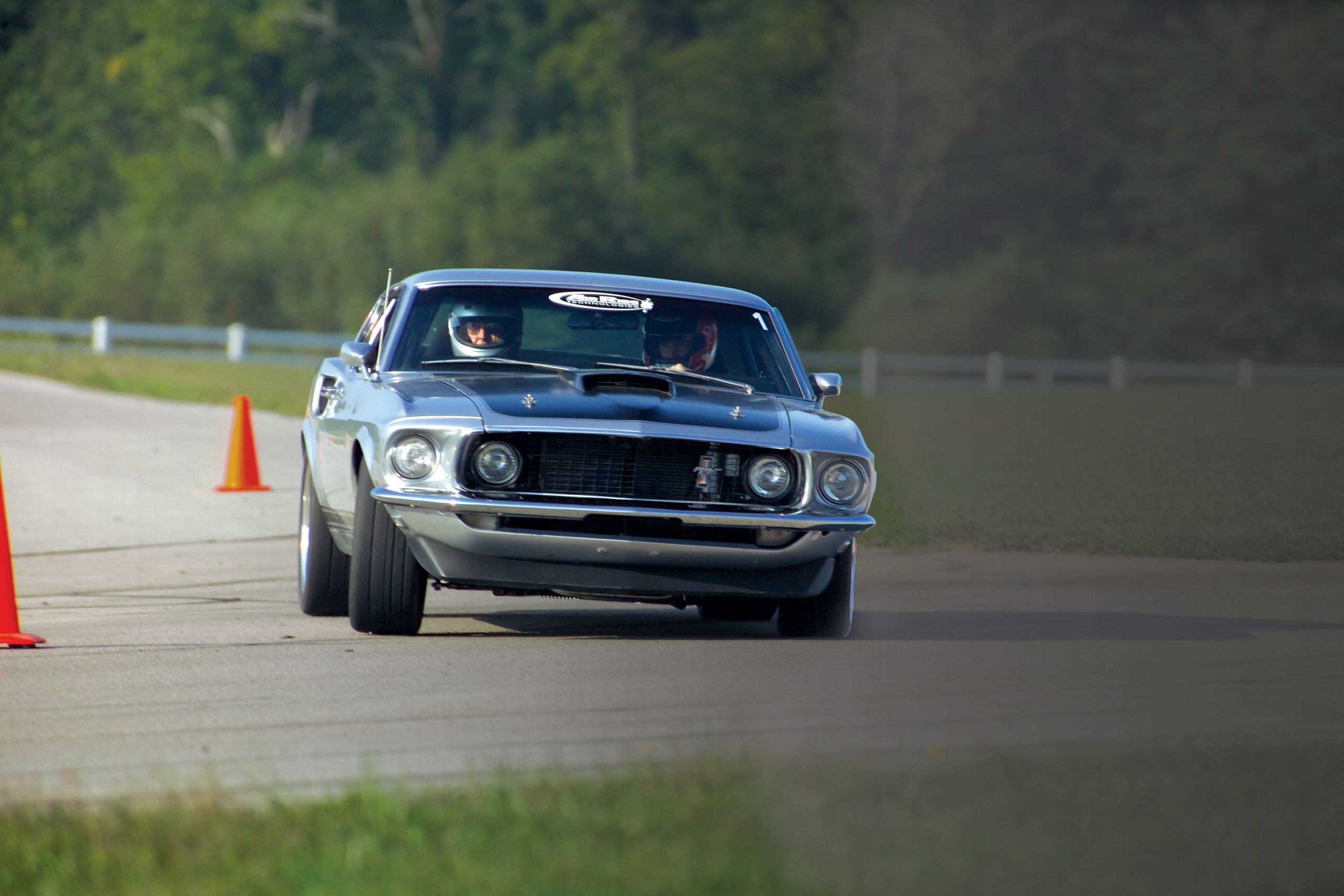
Although modifying a car to handle well can often seem like a black art, virtually every aspect of handling comes down to three things: the weight of the vehicle, the traction generated by the tires, and the distribution of weight on each particular tire at a given moment.
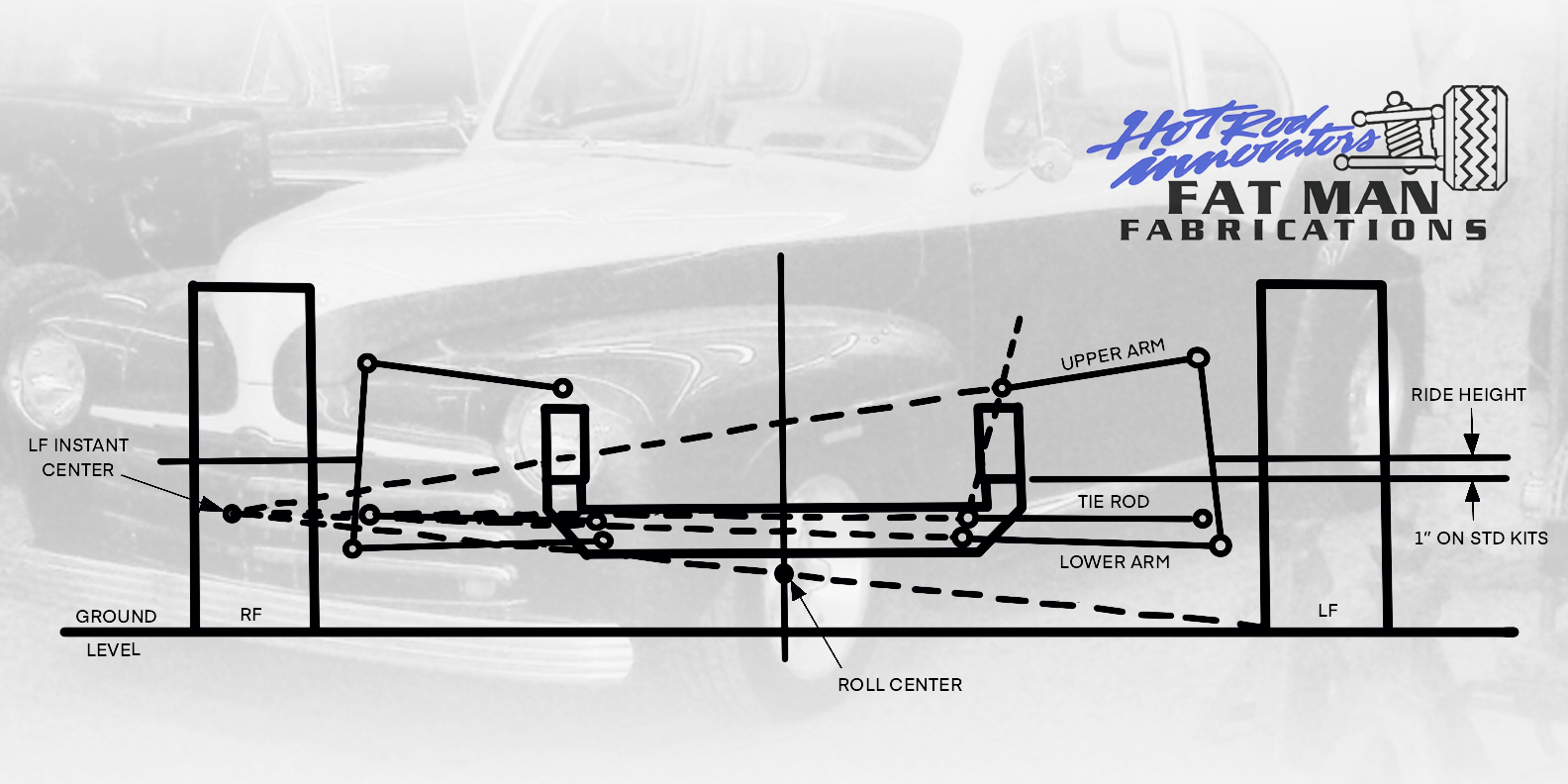
“Real hot rods have axles,” or so they say. That was our story, and we stuck to it fondly for more than 10 years. The ’47 Ford sedan delivery we drive came to us with a new Super Bell dropped axle and four-bar linkage professionally installed by Dick Jones’ shop in Campbell, California. It wasn’t really a hot rod; more like a primered beater with no interior, very little glass and enough rattles that a radio was a waste of time. It was a project car for another magazine for several years, and as such was the subject of many tech articles, updating it with all manner of great stuff. But it was still a primered beater, so the axle suited it just fine, and we got many miles of enjoyment out of this setup. Oh, it could have had a nice, new IRS more than once, but it just wasn’t that kind of car.
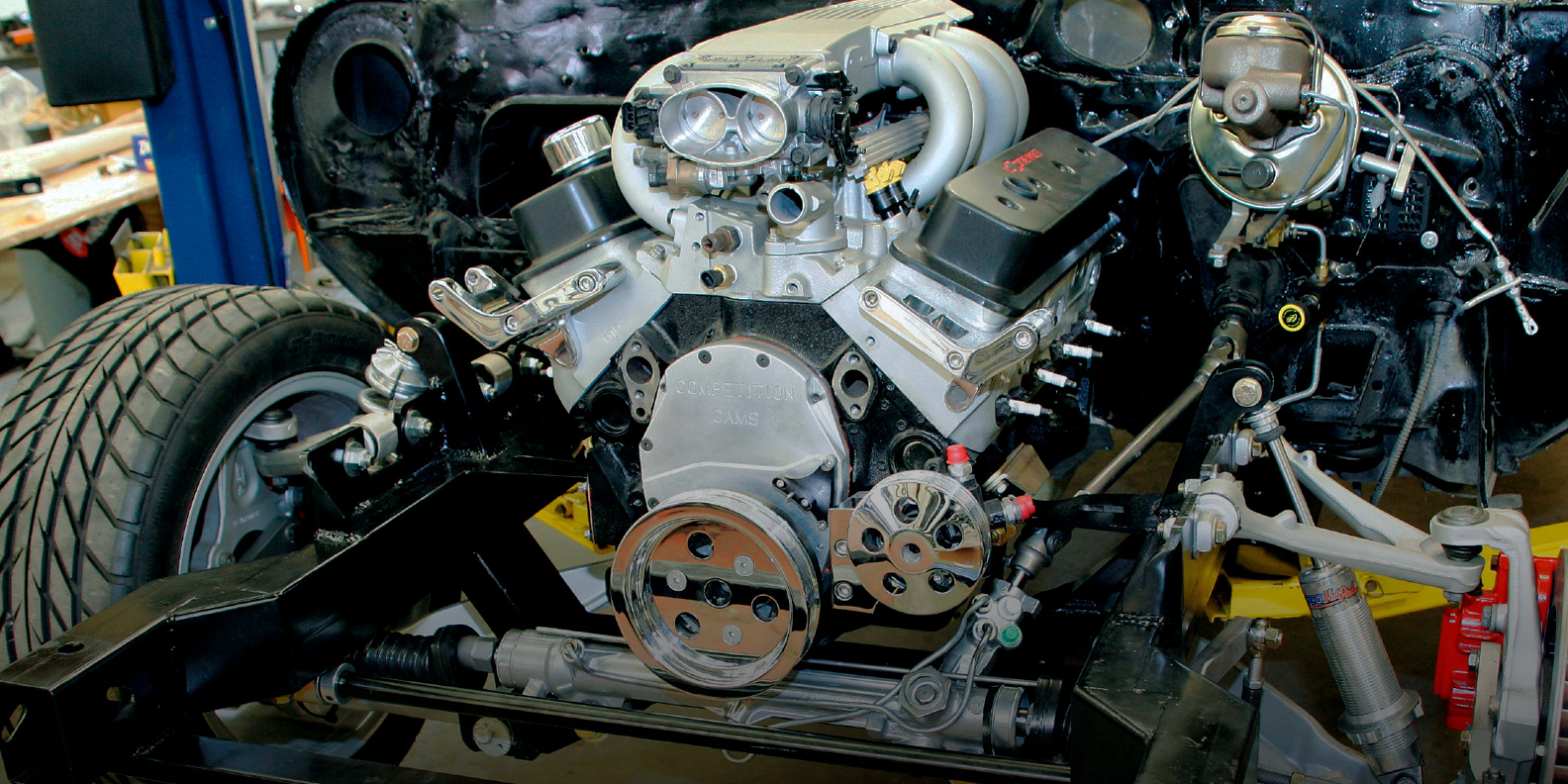
These are great days to be a muscle-car enthusiast. Performance parts are plentiful, new stampings to replace rusted sheetmetal are regularly popping up, and GM’s crate motor program makes it easier than ever to drop in a new power plant that combines incredible power with everyday drivability. Old Camaros or Novas have been passed over because they were saddled with a wimpy six. Now, however, they are the perfect candidates for a heart transplant, namely, in the form of Chevrolet’s marvel of horsepower engineering: the LS1 engine.



